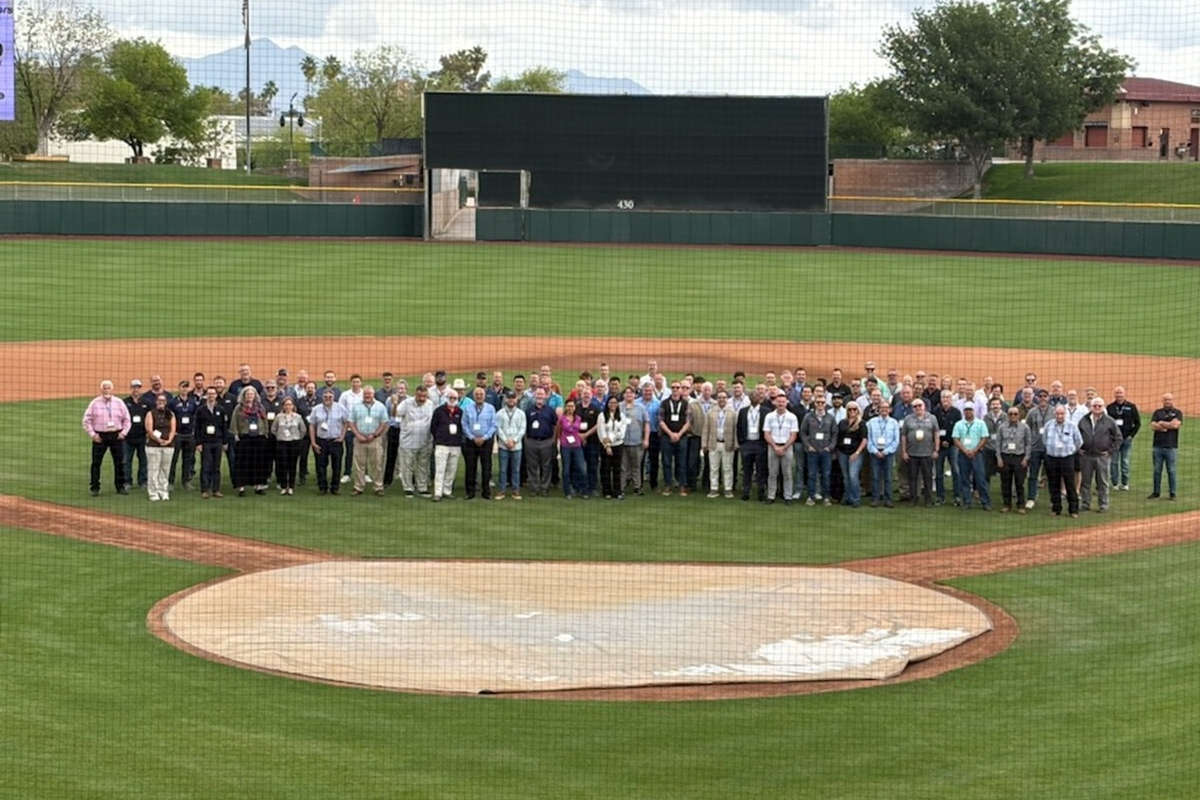Back to the Basics

A critical step in preventing such incidents is to accurately locate and mark existing buried infrastructure before construction begins. Locating and marking buried infrastructure is initiated by notifying the local One-Call center of the location where work will take place. Calling 811 anywhere in the country rings at the nearest One-Call agency, whose staff then notifies the appropriate utility owners who are responsible for marking their utility lines. The locates are made by utility personnel or contract locating companies.
Whomever makes the locates, it is essential to correctly use the appropriate locating technology for each situation encountered. The capabilities of the cable and line locators continue to improve. Today’s models have more frequencies to provide a wider range of applications and the capability to filter outside interference.
Basic Locating Tools
Each locating method has strong points and limitations. Basic utility tools for locating underground utilities are:
- Electromagnetic Locators are by far the most widely used for locating underground pipes and cables.
- Ground Penetrating Radar (GPR) locators mounted on a wheeled platform use radio waves to identify locations of buried utilities and other objects.
- Potholing physically exposes utilities to visually confirm their precise locations.

Pros and Cons: Electromagnetic locators are accepted throughout the industry, they are accurate when correctly used and relatively easy to learn and operate. Their primary shortcoming is they can only locate metallic utilities with a flow of electrical current ó plastic pipes can be found only if they have a tracer wire which can be energized.
Ground Penetrating Radar (GPR) locators employ a component mounted on a wheeled platform that is pushed like a lawn mower across the worksite while generating radio pulses downward. The radar waves bounce off buried objects and reflect back to a receiving antenna. A graphic representation of information is displayed on the unit’s screen.
Pros and Cons: GPR locators can find plastic and metallic pipes and other utilities that are difficult or impossible to locate by other methods. However, they also detect rocks and buried debris, and interpreting the screen display requires training and experience. However, the biggest negative to GPR locators is they don’t work in dense, highly compacted soils, and that limits their usefulness for utility locating.
Potholing — uncovering a utility to visibly confirm its location ó should be done when a bore path crosses another utility and in situations when it is advisable to verify the exact location of a utility. On many projects today, project owners or local regulatory agencies require potholing under certain circumstances.
Pros and Cons: Shallow potholes are dug by hand with backhoes and compact excavators used for deeper excavations. However, these mechanical methods risk damaging the utility they seek to locate. The recommended potholing tool today is the vacuum excavator which displaces soil by ìsoftî excavation with either high-pressure air or water. Most vacuum excavators used for potholing are compact models mounted on trailers. Potholing is an ìextraî locating step and is never done by locates arranged through One-Call, so there is an added cost the project owner, general contractor or excavating company must incur.
Vacuum excavation equipment has become the preferred method of potholing today, but equipment is expensive. While HDD contractors may have one or more vacuum excavators on site, general and excavating contractors typically do not, and the machines are not readily available for rent. An option is hiring a specialist potholing contractor to do the work.
When One-Call Can’t Help
One-Call only arranges locates through service providers who are members of One-Call, and not all utility providers are One-Call members. As a result, it is possible to encounter active utilities on construction sites that have not been located.
Also, One-Call locates may be limited to utility easements and may not be made on private property. One-Call locates are not made of infrastructure owned by business parks, universities and other educational complexes and military and other government installations. Responsibility for making these locates falls on the facility owner, primary contractor and often the subcontractor actually excavating or drilling.
For these and other reasons, many utility contractors today equip crews with basic locating equipment. In addition to finding unmarked lines, they are used to verify the locates made through One-Call. Basic electromagnetic locators are relatively inexpensive to purchase and are readily available for rent from equipment dealerships and equipment rental centers.
Training and Experience
Training and experience are essential for personnel charged with locating and marking utilities. Understanding locating theory and operating quality equipment and knowing how to correctly interpret information the equipment provides are essential for effective locating. Locator manufacturers offer training and assistance in practical operation of their products, and numerous industry and private organizations conduct locator training, including certification. Training must be on-going in order to understand product improvements and how to use them. Successful utility locating professionals are extremely focused, pay attention to detail and have great patience.
Finally, no construction project that involves excavation, drilling, boring or other disturbance of the earth should be initiated until all existing utilities are accurately located and marked.
Matt Lumbers is Product Line Manager for Ditch Witch Electronics.
The Consequences of Failing to Locate
If there is any doubt about the importance of making locates, consider these statistics compiled by the Common Ground Alliance (CGA), a nonprofit, member-driven organization dedicated to establishing and promoting practices to prevent damage to the underground utility infrastructure. In the most recent statistics available, the CGA found 48 percent of utility hits were caused by locating failures — 26 percent from failure to request locates be made; 22 percent from insufficient locating practices.




